Watering Daisies: How Often To Water Your Sun Loving Blooms
While it might seem straightforward, there is a knack to watering daisies correctly. We show you how to give your shastas, marguerites and gerberas the best hydration
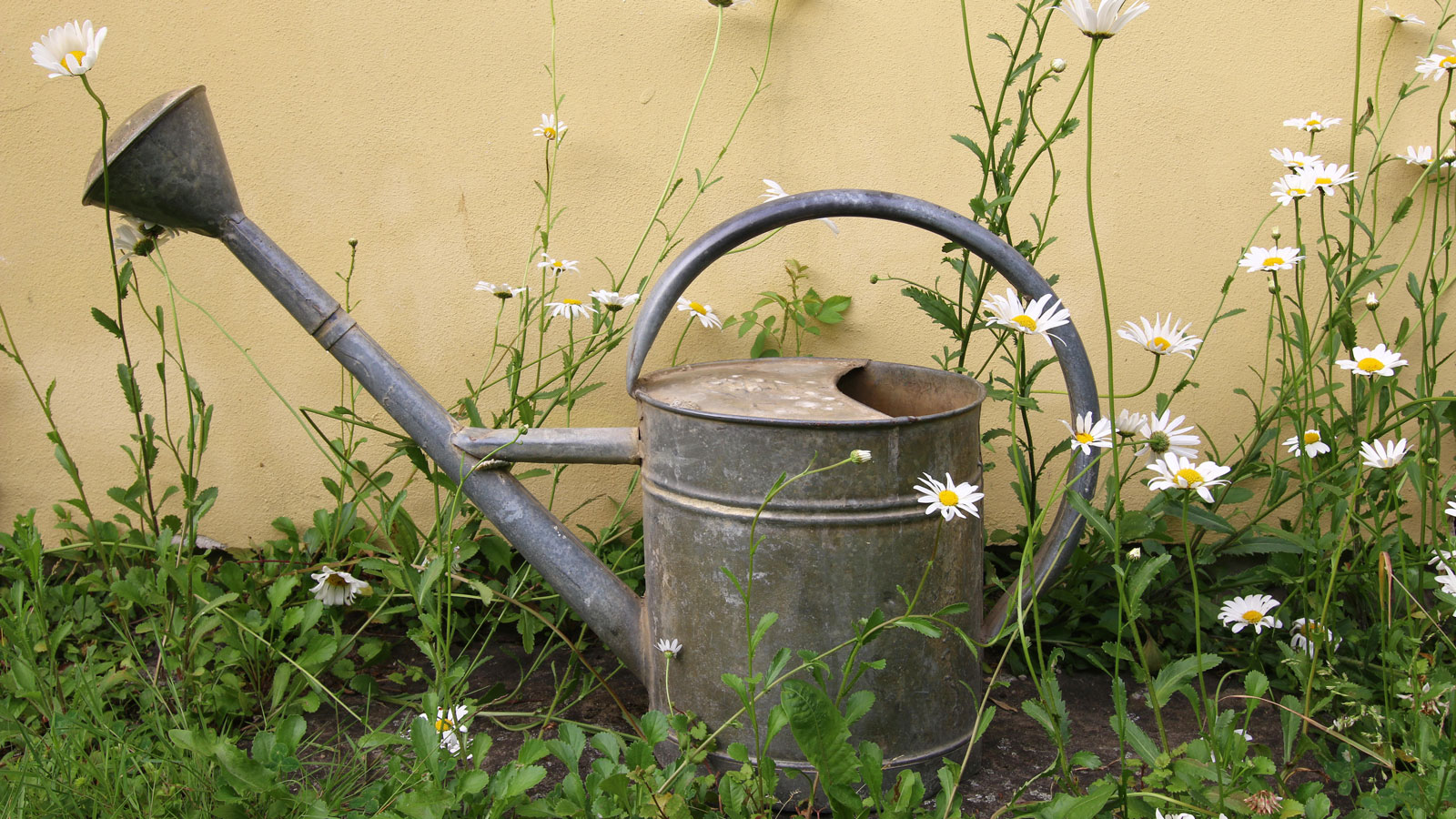

The term ‘daisy’ is commonly used to refer to many ornamental flower species. So watering daisies is something most gardeners will need to perfect at some point. Typically, these plants produce flowers consisting of a center disk, surrounded by a ray of petals. Daisies are considered to be carefree, making them ideal candidates for most gardens.
Learning to properly water various species of daisies is of special importance, and plays a key role in the flowers’ ability to thrive. But how much water do daisies actually need?
Which Daisies Need the Most Watering?
A daisy’s water requirements can vary greatly from one garden to the next. Factors such as temperature, rainfall and soil quality can greatly influence the plants’ need for water. While many types of daisy can survive solely on rainfall, others may need more consistent watering in order to grow and flower well.
Many long-lived perennials, or those daisies commonly identified as wildflowers, are well-adapted to a wide range of growing conditions. This includes a unique ability to withstand brief periods without water and drought. These hardy daisy types include blackfoot daisies, Marguerite daisies and Shasta daisies.
Highly ornamental varieties such as gerberas may have more specific needs. Ample water is necessary to maintain vigor and ensure the quality of each bloom. This is of special importance within the landscape and in cut flower production. So knowing how often to water daisies will depend a little on which kind you are growing.

Watering Daisies in Open Ground
Determining daisy water requirements can be puzzling. First, gardeners should consider the needs of each particular species. Accounting for the conditions within your garden is also important, like taking note of the average temperatures and rainfall totals throughout the season. Other key aspects of flower beds to observe include your soil’s composition and drainage.
Approximately 1in (2.5cm) of water each week is considered adequate for most daisy plants. Though the plants appreciate consistent moisture, take care to avoid oversaturation. Watering daisies from below using drip irrigation or soaker hoses is most effective. Proper watering techniques help prevent disease and more effectively deliver moisture to the plants’ root zone. Be careful to avoid consistent wetting of the foliage or overwatering, as both may result in the decline of plants.
Gardening tips, videos, info and more delivered right to your inbox!
Sign up for the Gardening Know How newsletter today and receive a free copy of our e-book "How to Grow Delicious Tomatoes".
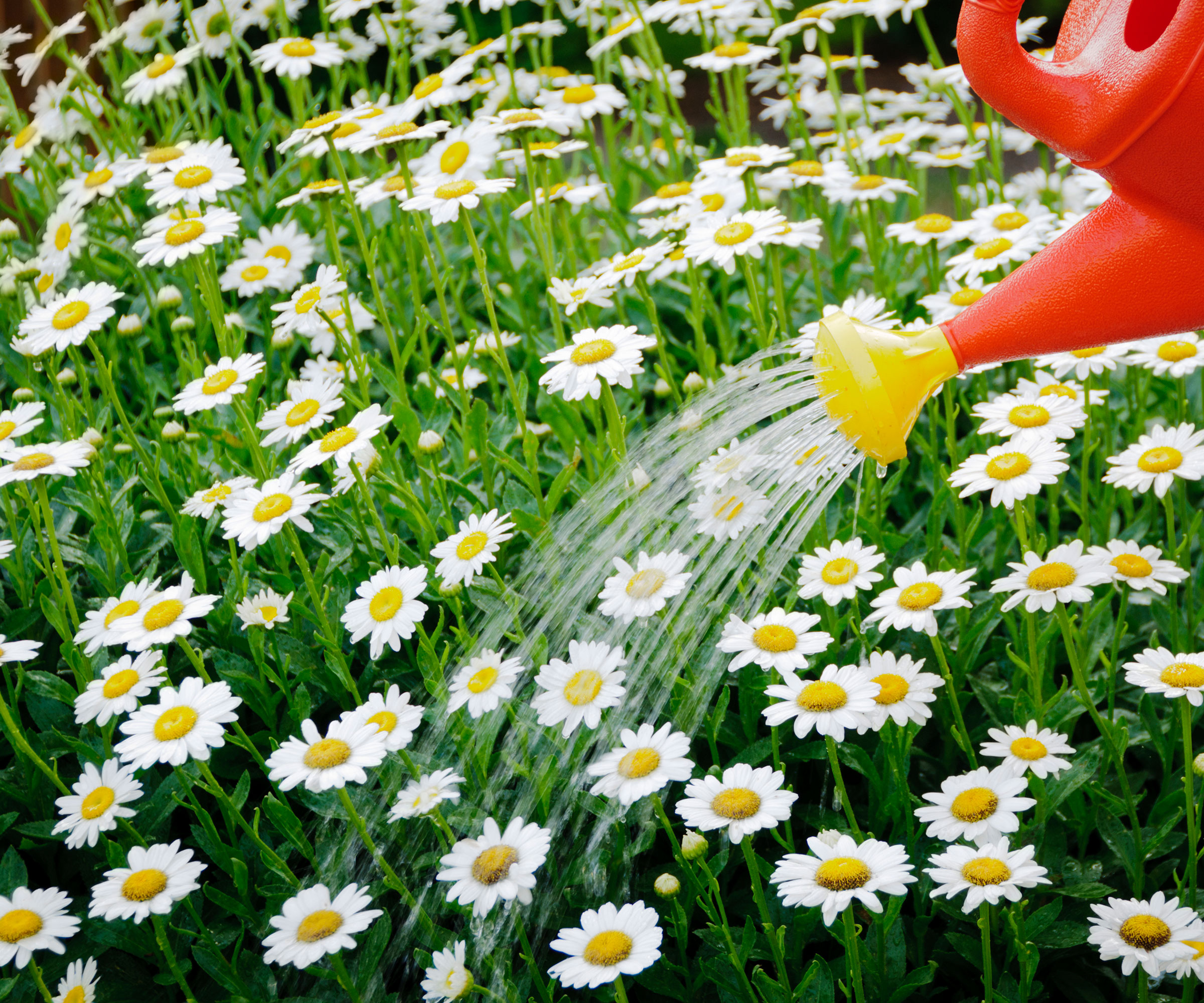
Watering Daisies in Containers
For anyone asking ‘how much water do daisies need?’ there is another element to consider – whether you are growing your plants in containers. Like other flowers grown in containers, daisies that have been planted in pots require daily monitoring. This is especially true where conditions are warm in container garden arrangements, causing soils to dry much more quickly.
Watering daisies in pots will most likely be needed every one or two days, depending upon the weather. Gardeners should aim to keep potting soil consistently moist, watering each plant before the growing medium has dried completely.
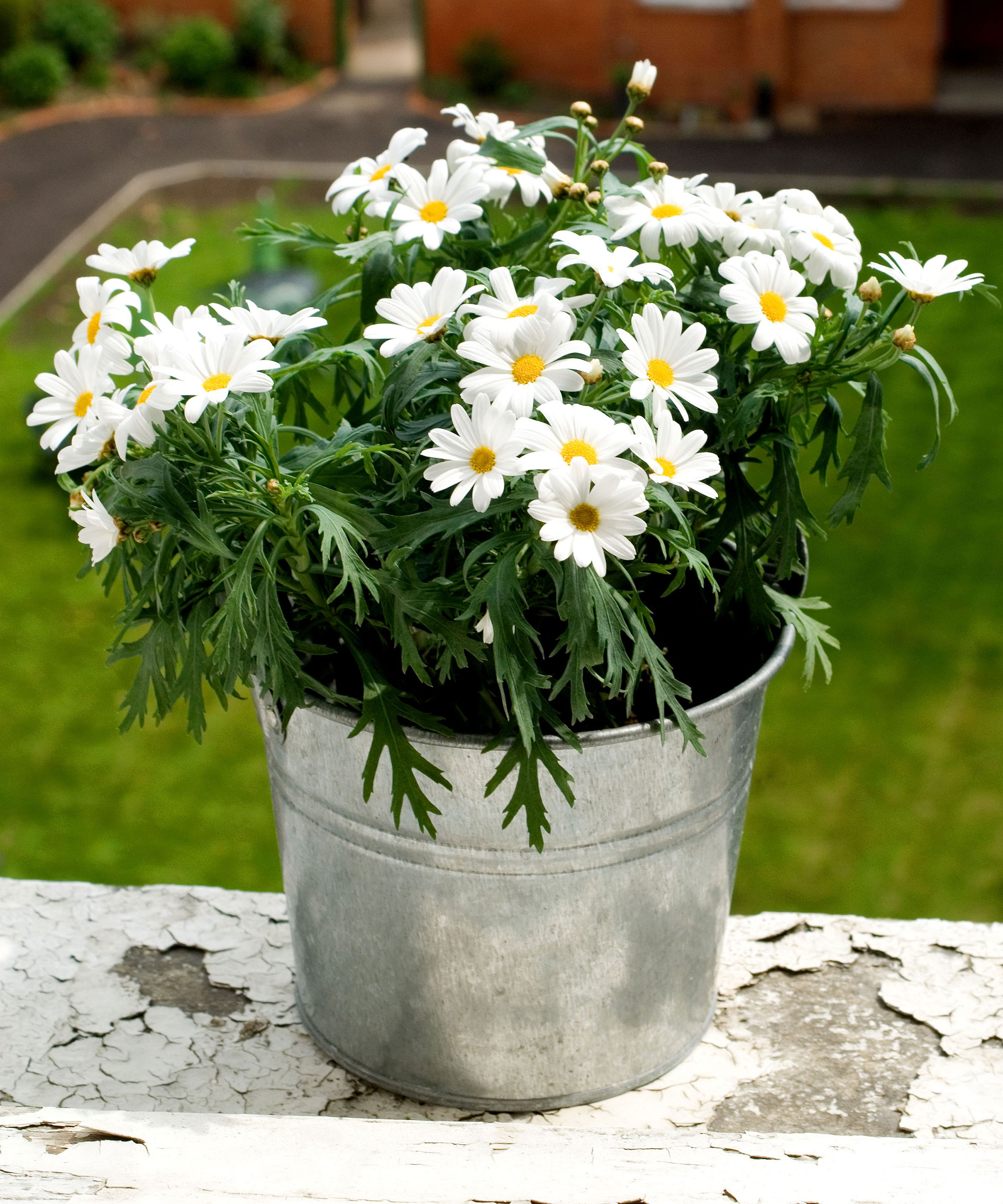
Watering Daisies in Winter
Daisy plants only seldom require water in winter. During dormancy, most species are more susceptible to diseases related to excess moisture. Be certain that you only plant daisy species in beds that drain well. Saturated soils and cooler temperatures will often result in damage to plants or the development of rot.
If you live in a region with mild or exceptionally dry winter conditions, you can water daisies in winter, but do so only sparingly.
Frequently Asked Questions
Is Dry Soil Always Bad for Daisies?
Daisies will grow best in soil that remains consistently moist. However, many varieties are well-adapted to a much broader range of soil conditions. This includes those that dry quickly or have poor fertility. Tolerance to drought also plays a role in the plant’s ability to better withstand brief periods without water.
How Do You Know if Daisies are Overwatered?
Overwatering is often a common problem for many gardeners. So a little caution is needed when watering daisies. Waterlogged soils or those that drain poorly are most likely to affect daisies. Too much water may cause plants to begin yellowing, with more severe cases resulting in the development of rot. Signs of rot include sudden wilting or drooping, followed by complete collapse of the plant.

Tonya Barnett has been gardening for 13 years. Flowers are her passion. She has transformed her backyard into a cut flower garden, which she regularly chronicles on her YouTube channel http://www.youtube.com/@tonyawiththeflowers.
-
 Terrifically Tubular Flowers For Hummingbirds: 9 Tube-Flowered Plants To Attract Hummers
Terrifically Tubular Flowers For Hummingbirds: 9 Tube-Flowered Plants To Attract HummersGrowing tubular flowers for hummingbirds helps you create the optimum feeding conditions for your winged friends. Here are nine tubed delights for hummers
By Tonya Barnett
-
 How To Grow Hydroponic Tomatoes For Fresh Indoor Harvests – No Soil Required
How To Grow Hydroponic Tomatoes For Fresh Indoor Harvests – No Soil RequiredLearning how to grow tomatoes in water is easy and allows you to harvest fresh-home-grown produce in every season without any mess.
By Ellen Wells
-
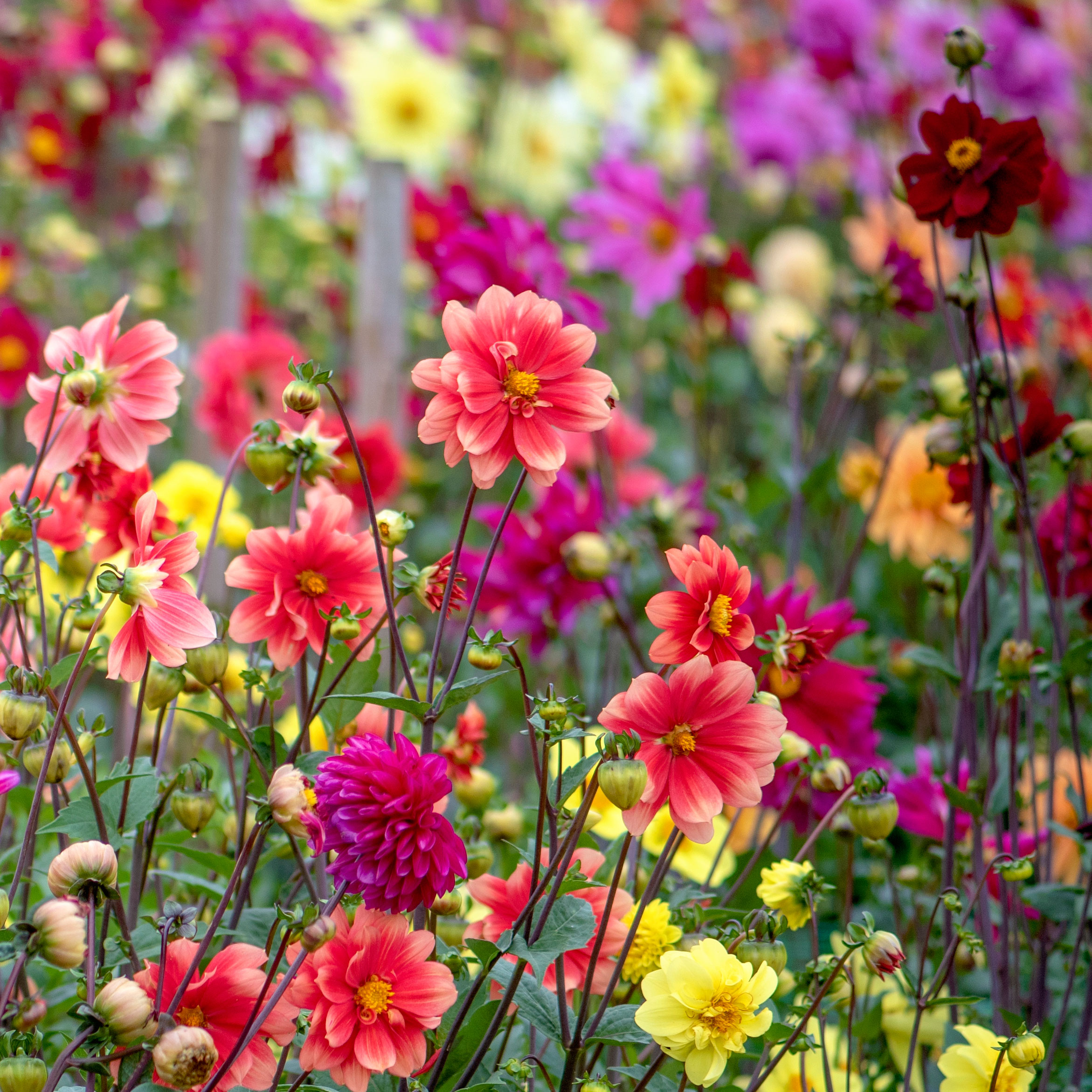 Cut Flower Garden For Beginners: 8 Easy Decorative Floral Plants For Newbies To Grow
Cut Flower Garden For Beginners: 8 Easy Decorative Floral Plants For Newbies To GrowAre you new to growing decorative florals for bouquets and ornamental displays? A cut flower garden for beginners is well within reach if you grow these flower seeds
By Tonya Barnett
-
 Spectacular Early Blooming Shrubs: 6 Sparkling Spring Flowering Bushes
Spectacular Early Blooming Shrubs: 6 Sparkling Spring Flowering BushesWant to kickstart your gardening year with dazzling spring flowering bushes for beds and borders? These unique early bloomers are sure to help you rise and shine!
By Teo Spengler
-
 Quick Fire Hydrangea – The Elegant, Easy-Care Shrub Every Gardener Needs In Their Landscape
Quick Fire Hydrangea – The Elegant, Easy-Care Shrub Every Gardener Needs In Their LandscapeIf you’re after an early flowering panicle hydrangea that offers plenty of floral variety, the Quick Fire hydrangea goes big on visual dynamics from early summer to fall
By Tonya Barnett
-
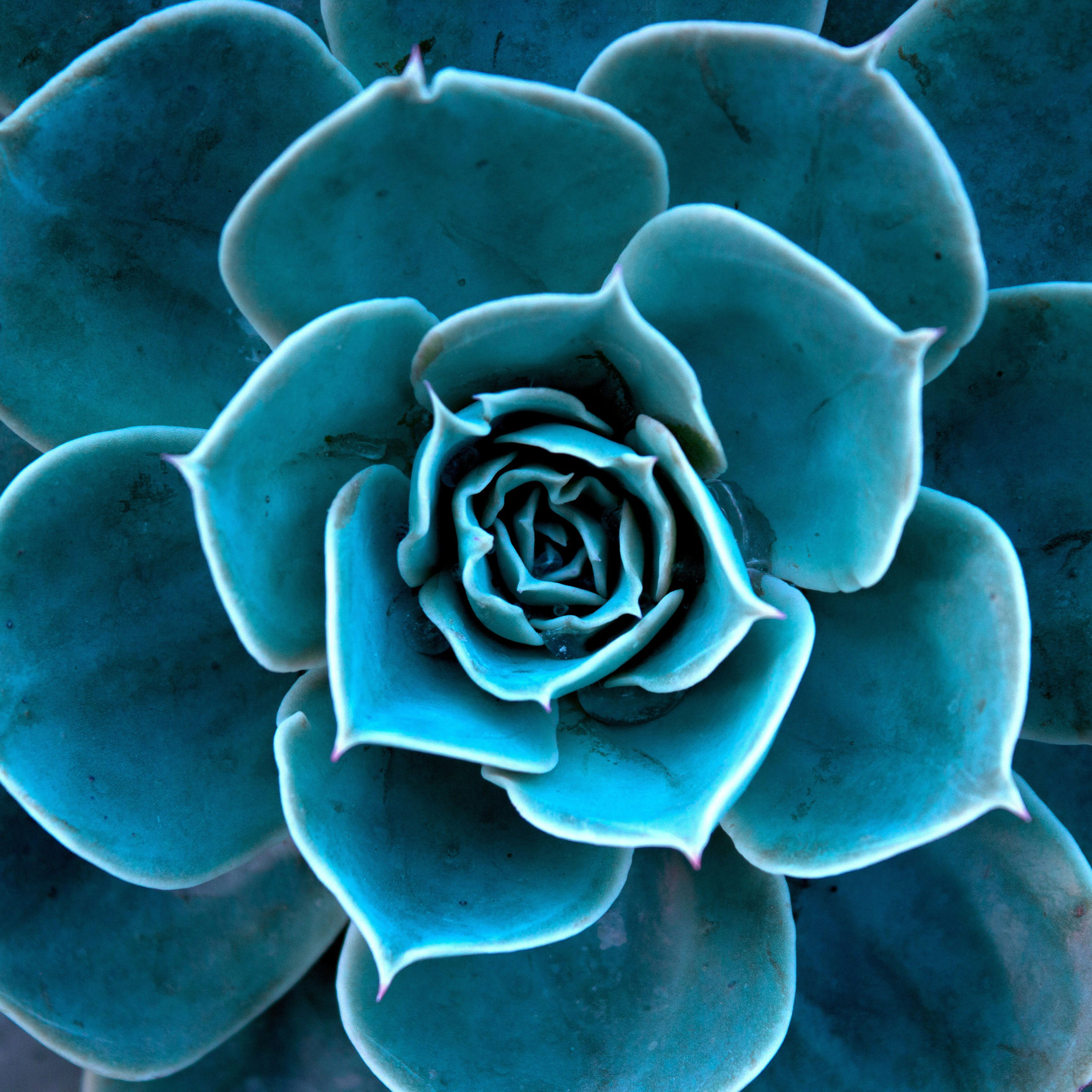 Time For Teal: 7 Terrific Teal Plants To Grow In Your Home Garden
Time For Teal: 7 Terrific Teal Plants To Grow In Your Home GardenIt’s an emerging color with a devoted following in fashion and interiors, but can you enjoy blue-greens in your garden? We round up the best teal plants you can grow
By Tonya Barnett
-
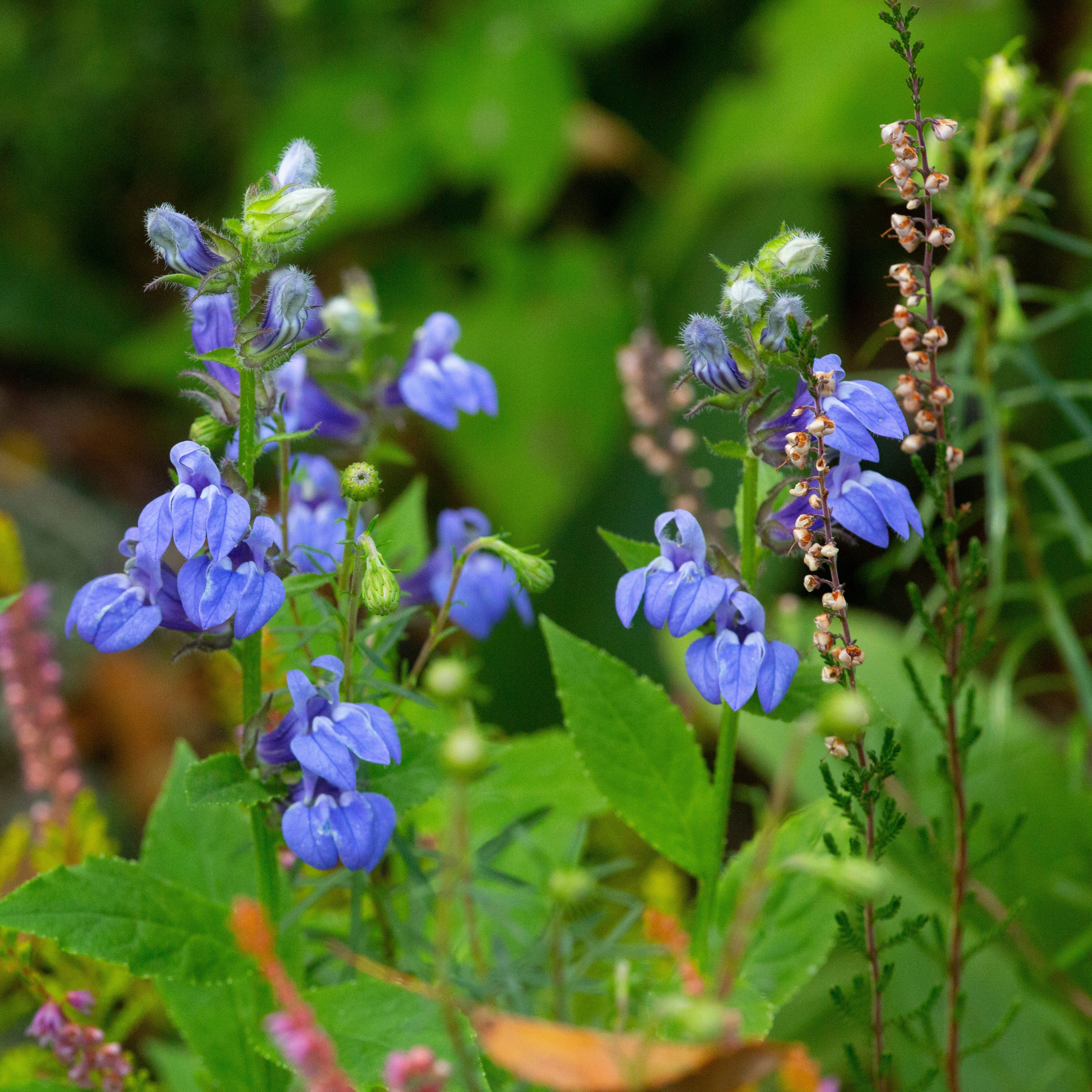 Grow Great Blue Lobelia: Native Blue Cardinal Flowers For Butterflies And Hummingbirds
Grow Great Blue Lobelia: Native Blue Cardinal Flowers For Butterflies And HummingbirdsIf you’re keen to enhance your native plants or attract more pollinators, blue cardinal flowers are an essential flowering perennial. Here’s how to grow great blue lobelia
By Tonya Barnett
-
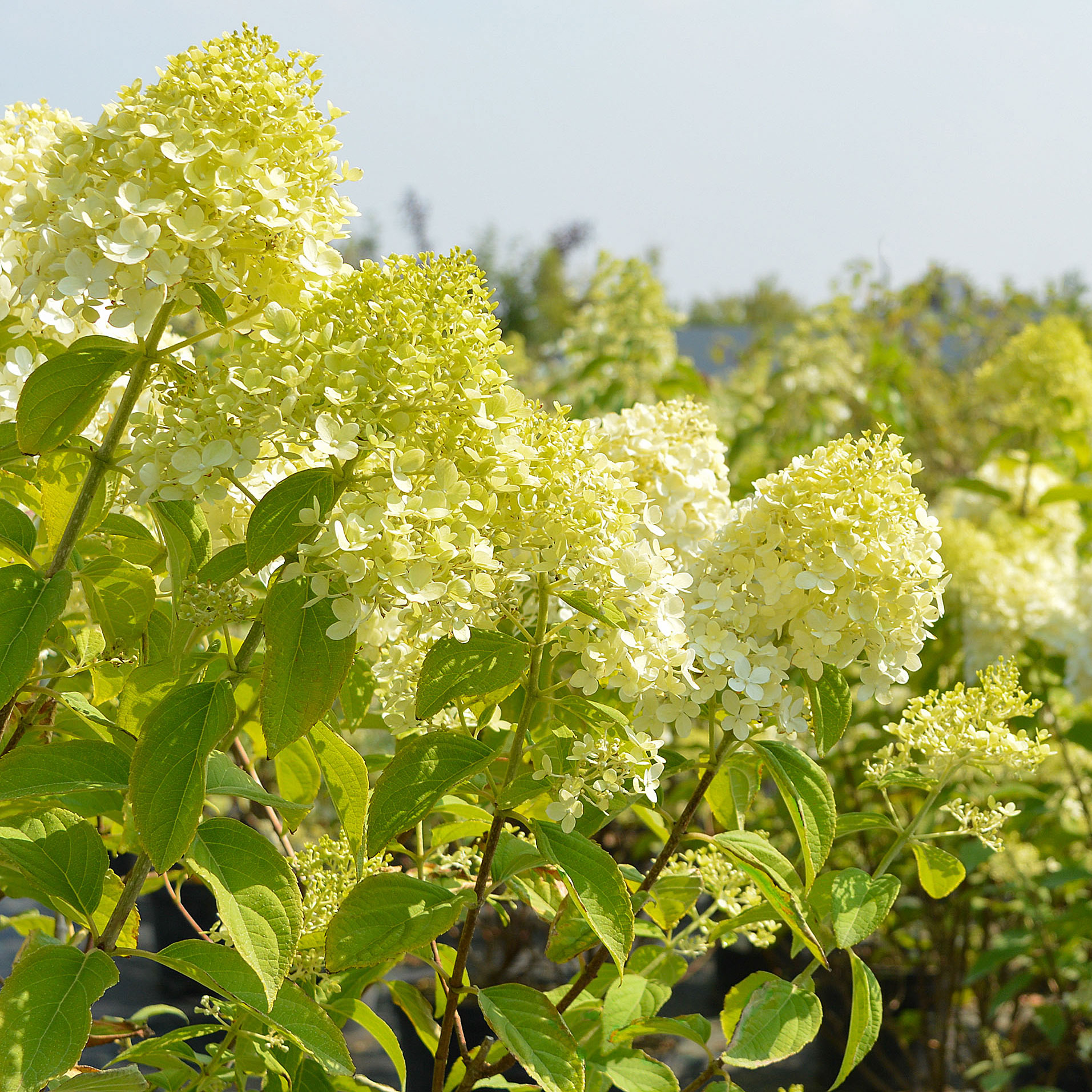 Grow Limelight Hydrangea Shrubs For Green Themed Displays And Brilliant Borders
Grow Limelight Hydrangea Shrubs For Green Themed Displays And Brilliant BordersIf you're a panicle hydrangea lover in search of flamboyant, long-lasting florals, knowing how to grow Limelight hydrangea shrubs will ensure gorgeous green blooms
By Mary Ellen Ellis
-
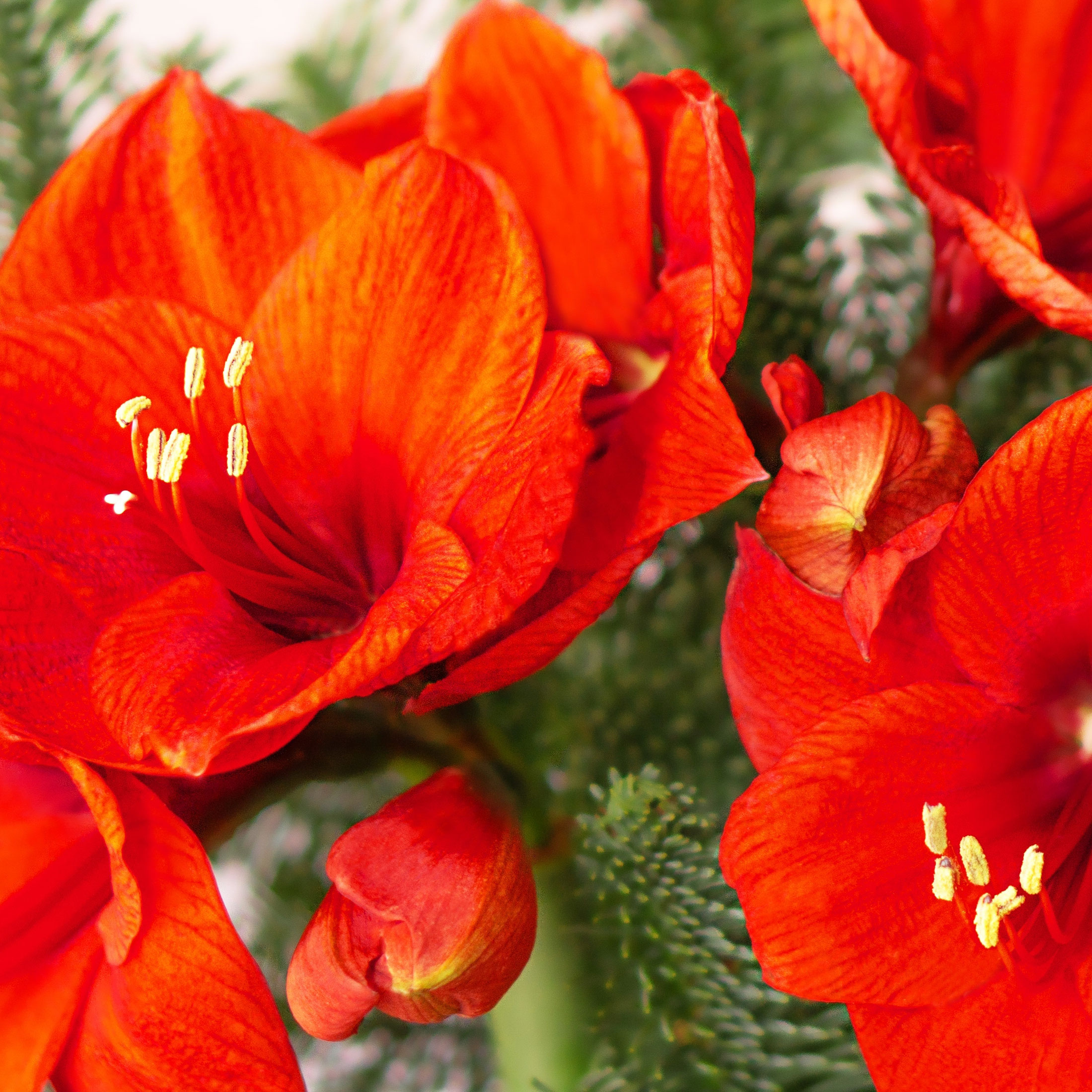 Warm Up Your Winter With Indoor Reds! 8 Red Amaryllis Varieties For Sizzling Seasonal Interest
Warm Up Your Winter With Indoor Reds! 8 Red Amaryllis Varieties For Sizzling Seasonal InterestWell loved as a bold decorative holiday bloomer, the red amaryllis is a hot favorite for winter displays. These red amaryllis varieties are guaranteed to fire up the season
By Tonya Barnett
-
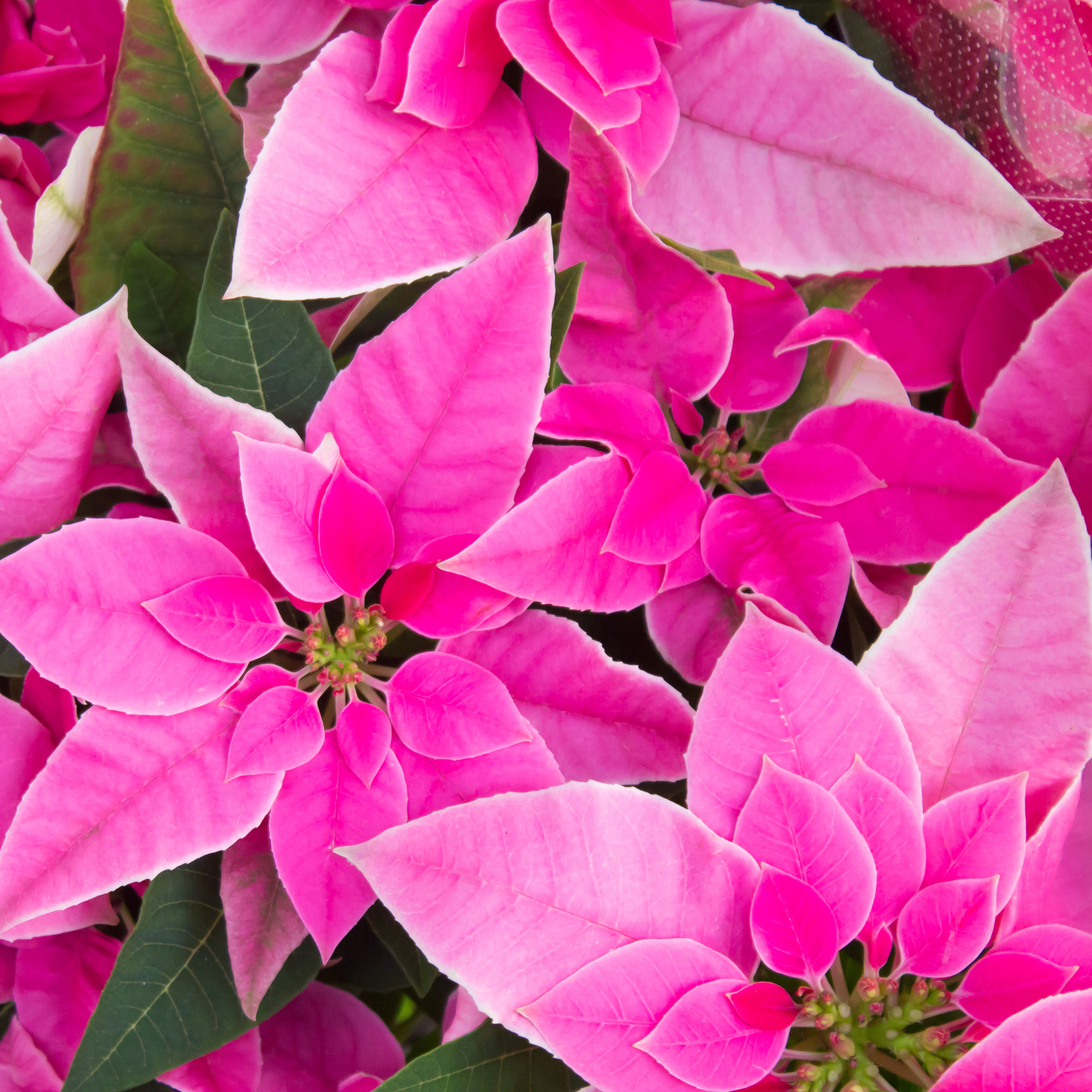 Poinsettia Pinks: 7 Pink Poinsettias To Grow For Neon Hot Tones And Cool Pretty Pastels
Poinsettia Pinks: 7 Pink Poinsettias To Grow For Neon Hot Tones And Cool Pretty PastelsWhile the traditional red poinsettia is a staple of many homes over the holiday period, they are not your only option. For cheerful brights or pastels, why not grow pink poinsettias?
By Tonya Barnett